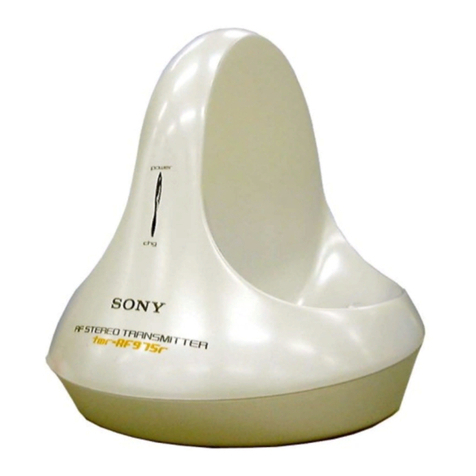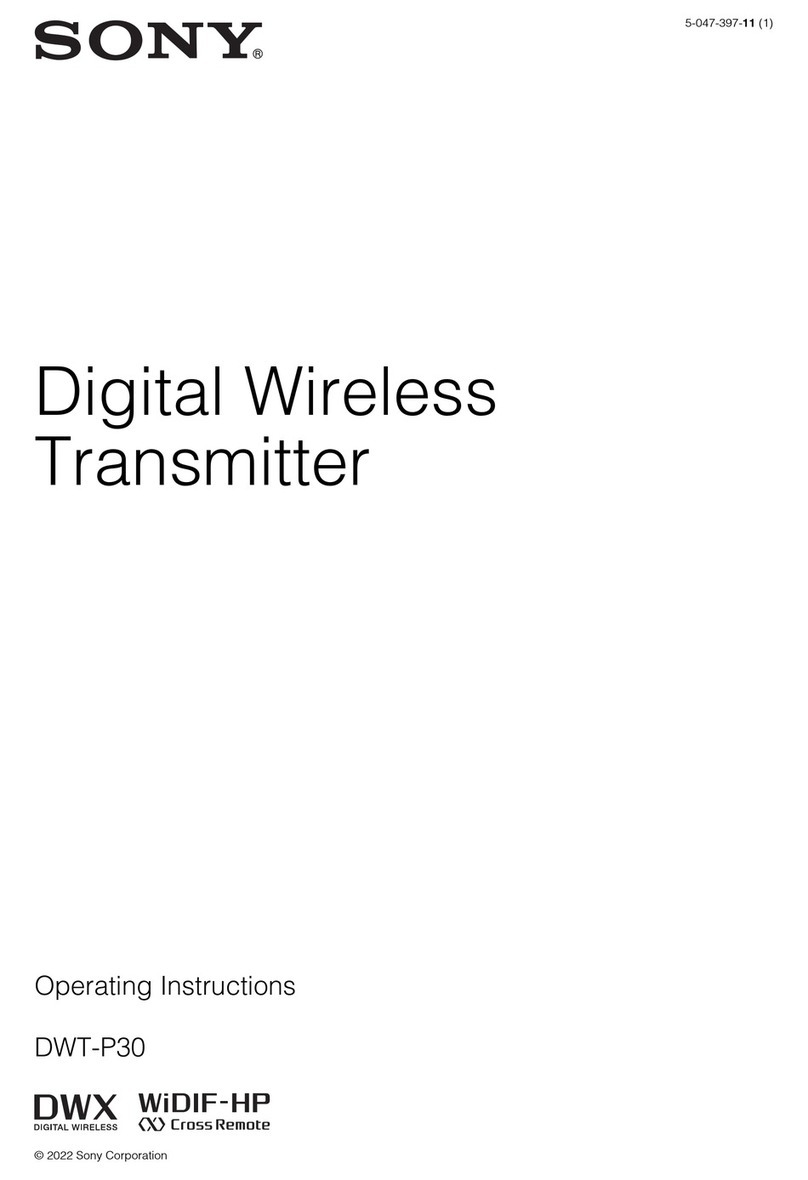Sony WLA-NS7 Reference guide
Other Sony Transmitter manuals
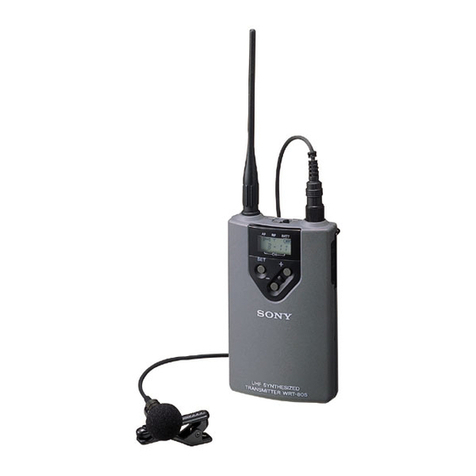
Sony
Sony WRT-805A User manual
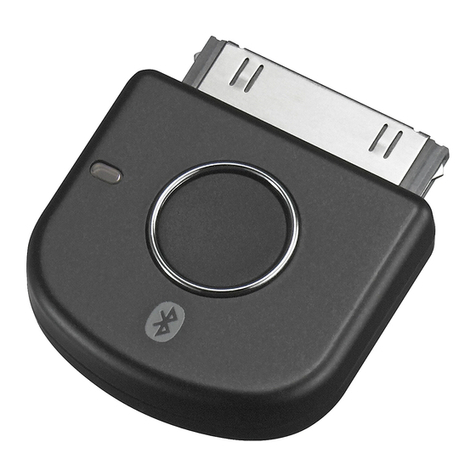
Sony
Sony TMR-BT8iP - Bluetooth Wireless Transmitter User manual
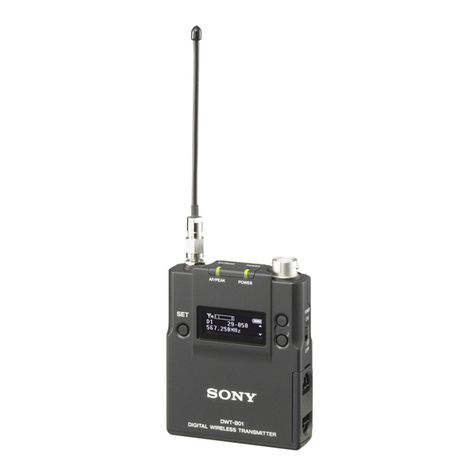
Sony
Sony 3-873-945-12 (1) User manual
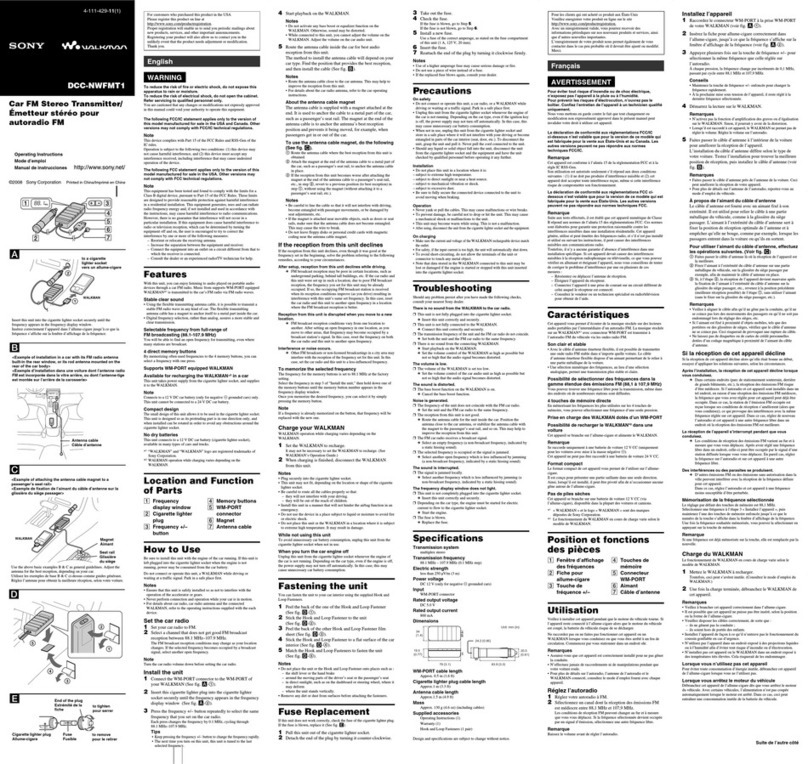
Sony
Sony DCC-NWFMT1 User manual
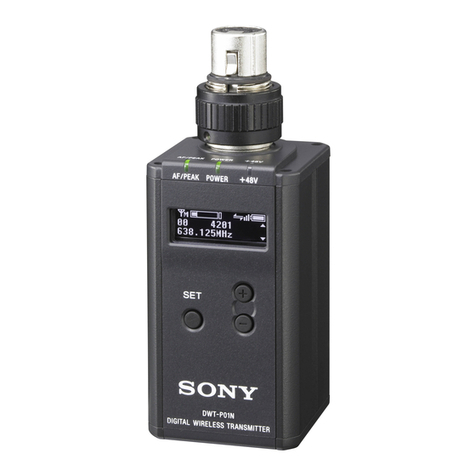
Sony
Sony DWTP01N/14 User manual
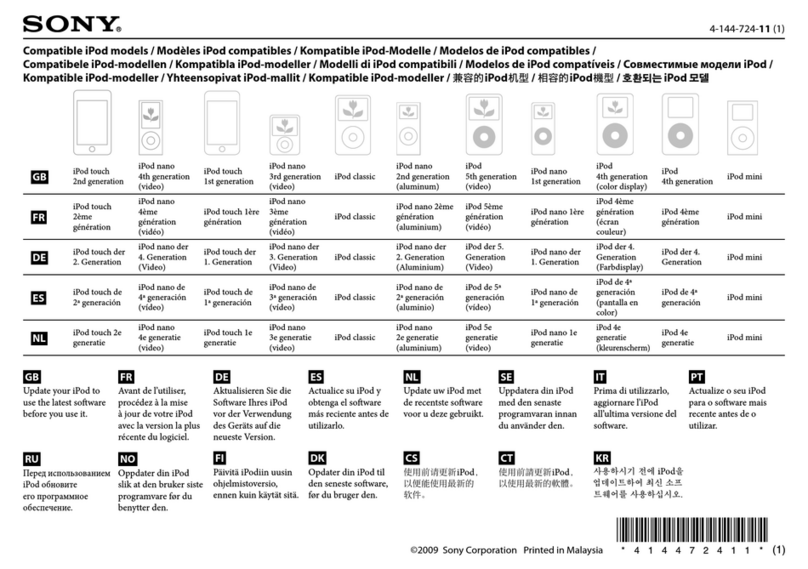
Sony
Sony TMR-BT8iP - Bluetooth Wireless Transmitter Installation and operating instructions
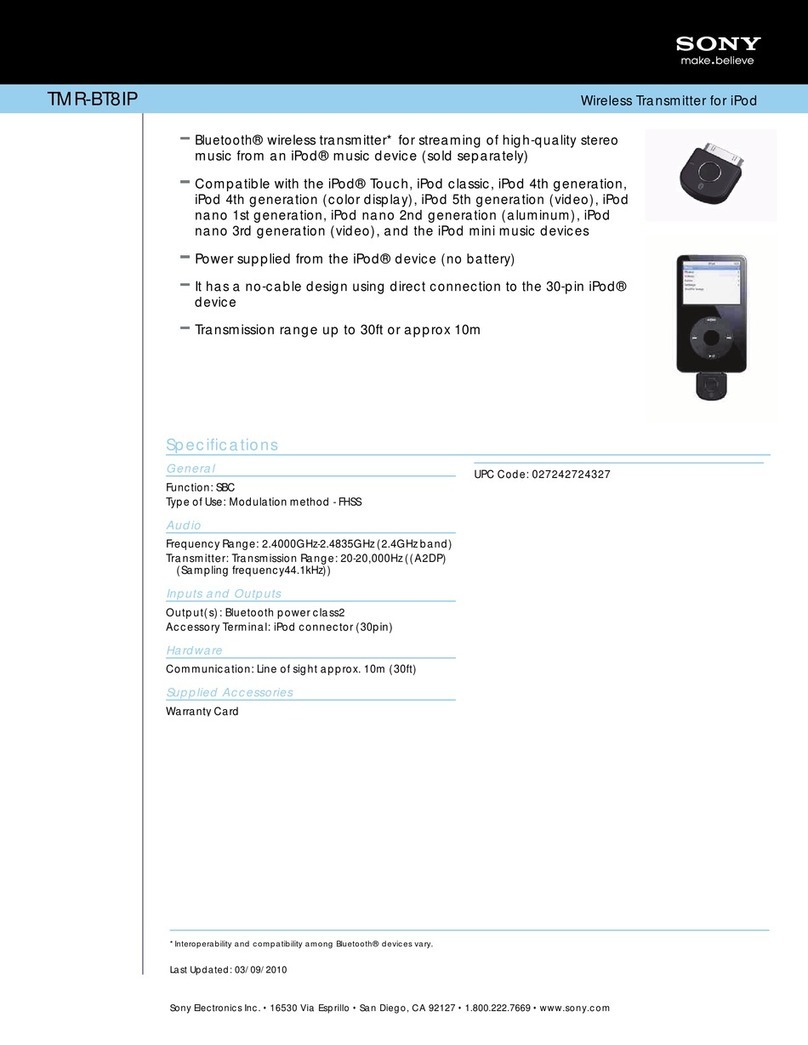
Sony
Sony TMR-BT8iP - Bluetooth Wireless Transmitter User manual
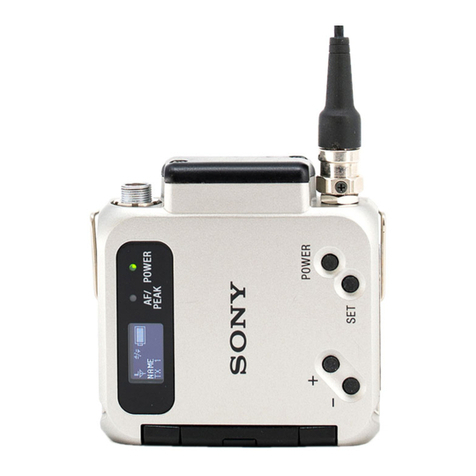
Sony
Sony DWT-B03R User manual
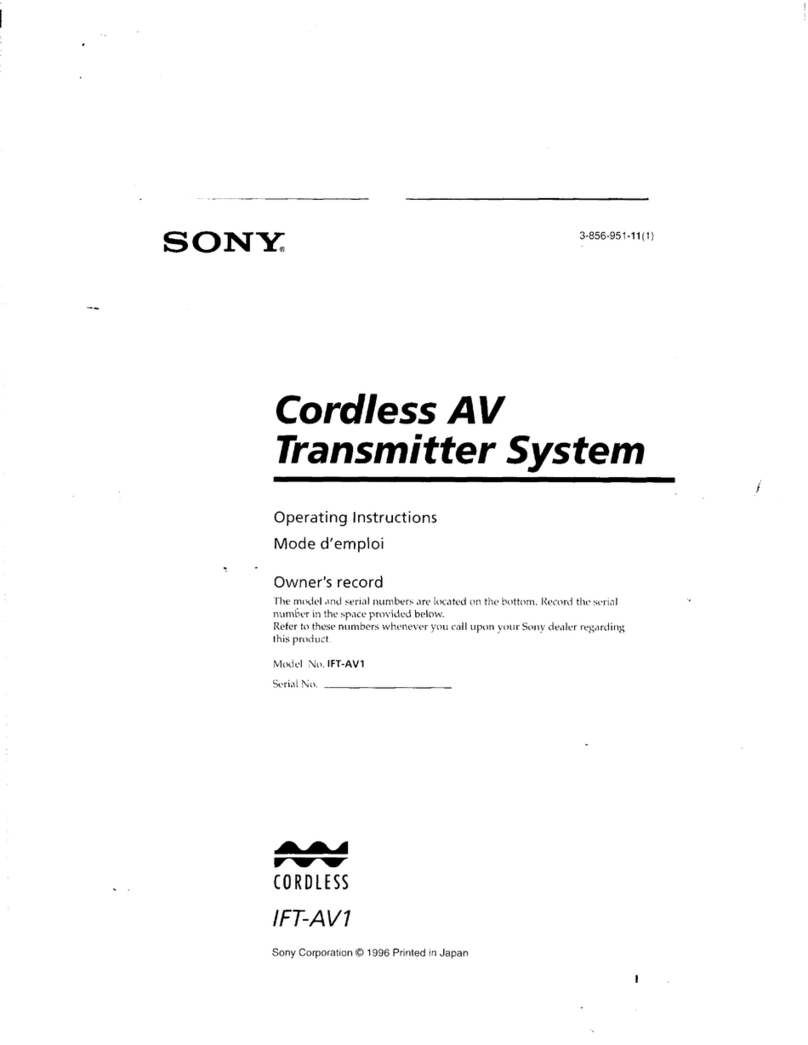
Sony
Sony IFT-AV1 User manual
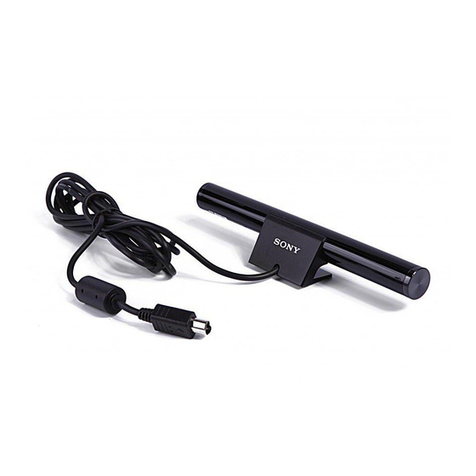
Sony
Sony TMR-BR100 User manual
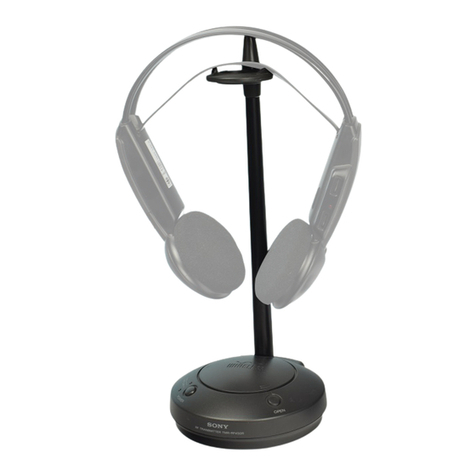
Sony
Sony TMR-RF450R User manual
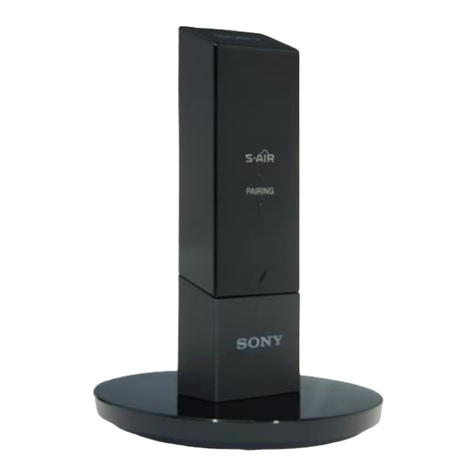
Sony
Sony AIR-PC10T Operating Instructions (AIR-PC10T) User manual
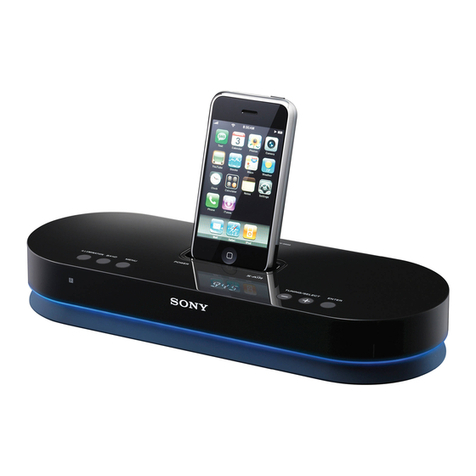
Sony
Sony AIR-SA17Ti User manual
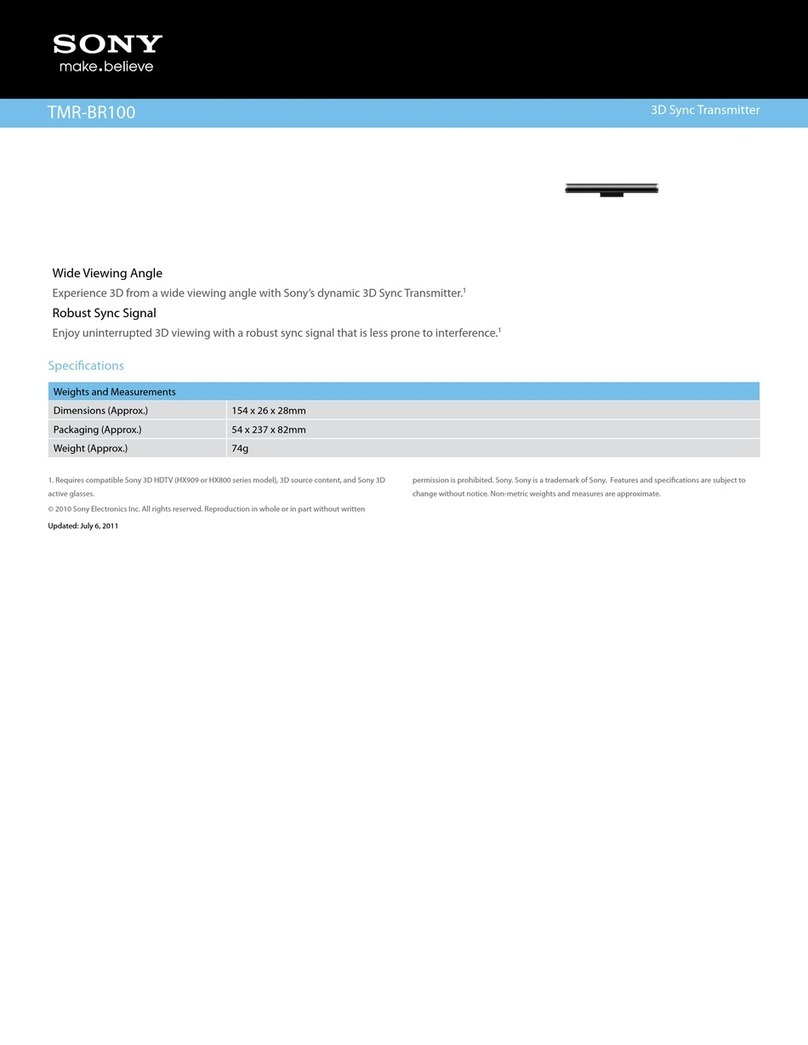
Sony
Sony TMR-BR100 User manual

Sony
Sony WRT-860A User manual

Sony
Sony WRT-822A User manual
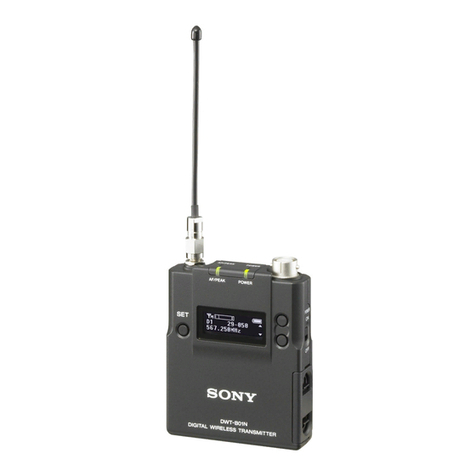
Sony
Sony DWT-B01N User manual

Sony
Sony WRT-8P User manual

Sony
Sony AIR-PC10T Marketing Specifications... User manual

Sony
Sony WRT-822A User manual
Popular Transmitter manuals by other brands

Geo
Geo Web Pack quick start guide

Inovonics
Inovonics EchoStream EN1210W installation instructions

IKONNIK
IKONNIK KA-6 quick start guide

Rohde & Schwarz
Rohde & Schwarz SR8000 Series System manual

Audio Technica
Audio Technica UniPak ATW-T93 Installation and operation

NIVELCO
NIVELCO EasyTREK SCA-300 Series Programming manual

